The project is being led by The Florida Fish and Wildlife Conservation Commission (FWC) and includes partners at the Florida Department of Environmental Protection (FDEP), Nova Southeastern University, Coral Restoration Foundation, Mote Marine Laboratory, University of Miami Rosenstiel School of Marine and Atmospheric Science, Biscayne National Park, Reef Renewal, and Florida Institute of Oceanography at Keys Marine Laboratory.
For more information on this project, click here.
A photo album for this project can be found here: Coral Restoration Team Trials 2021
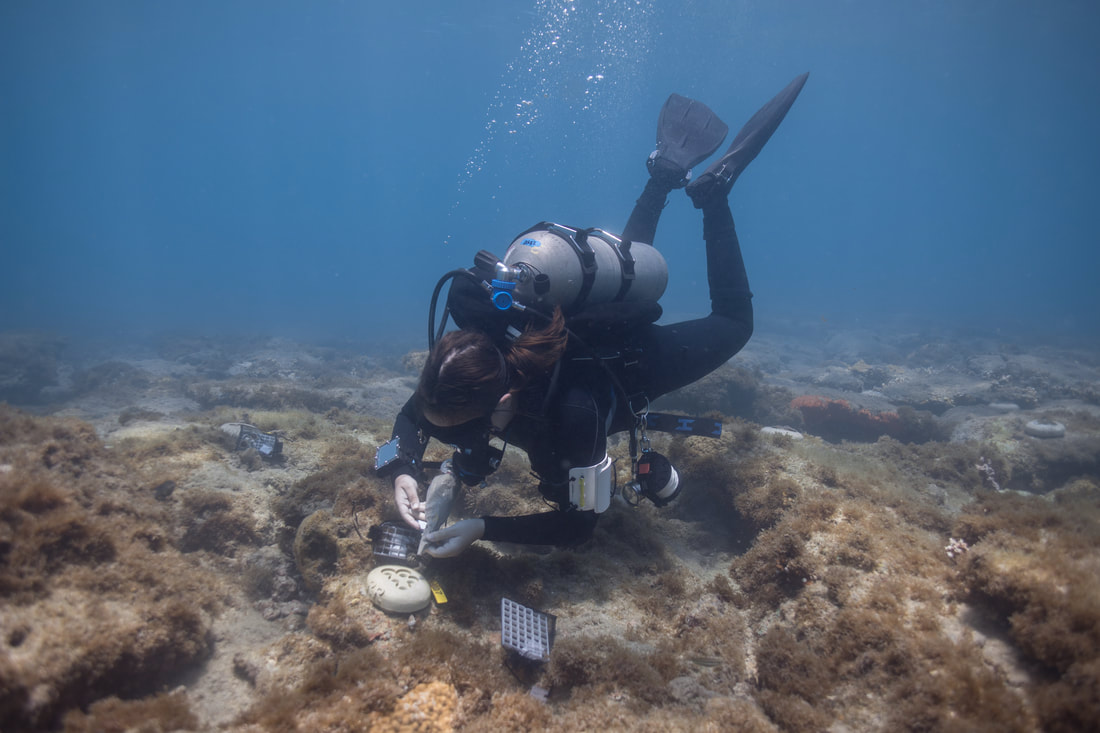
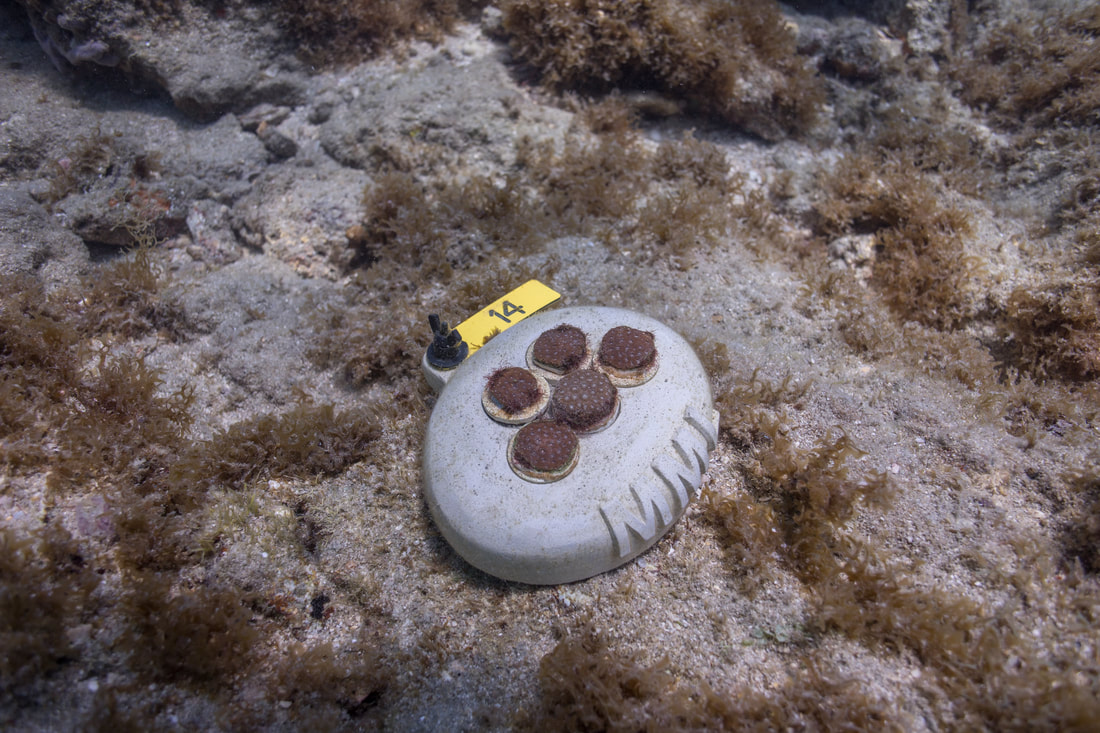
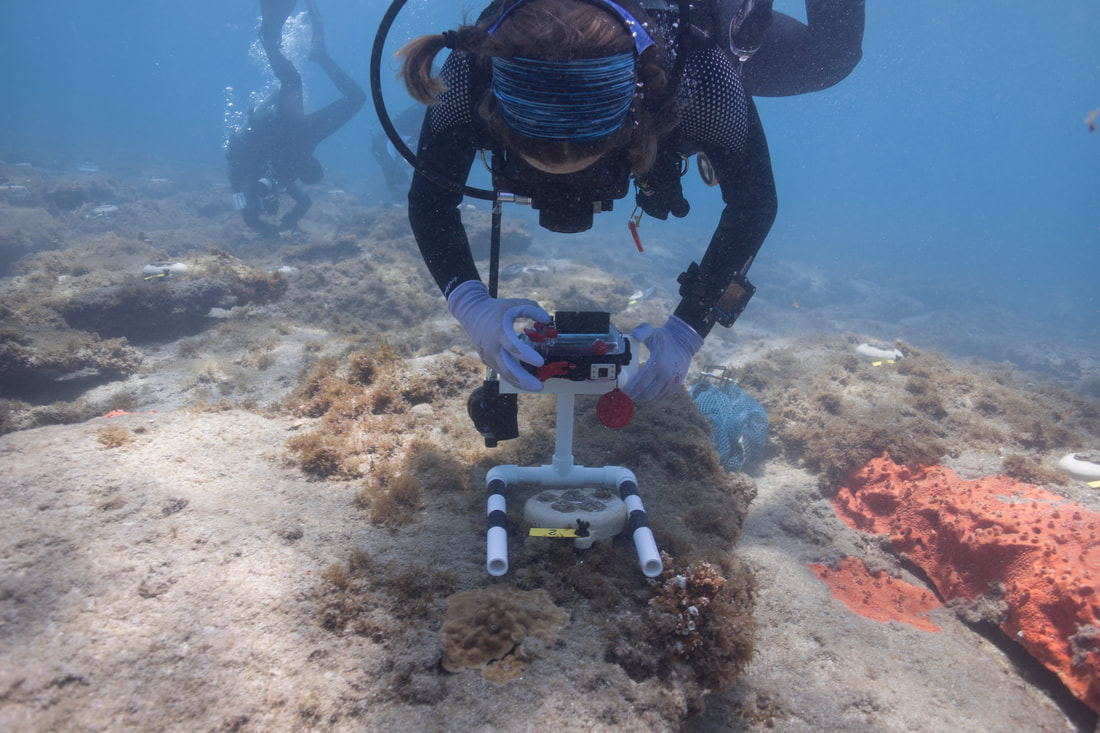
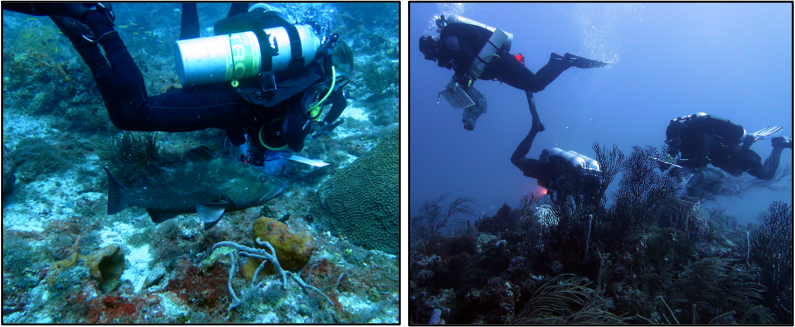
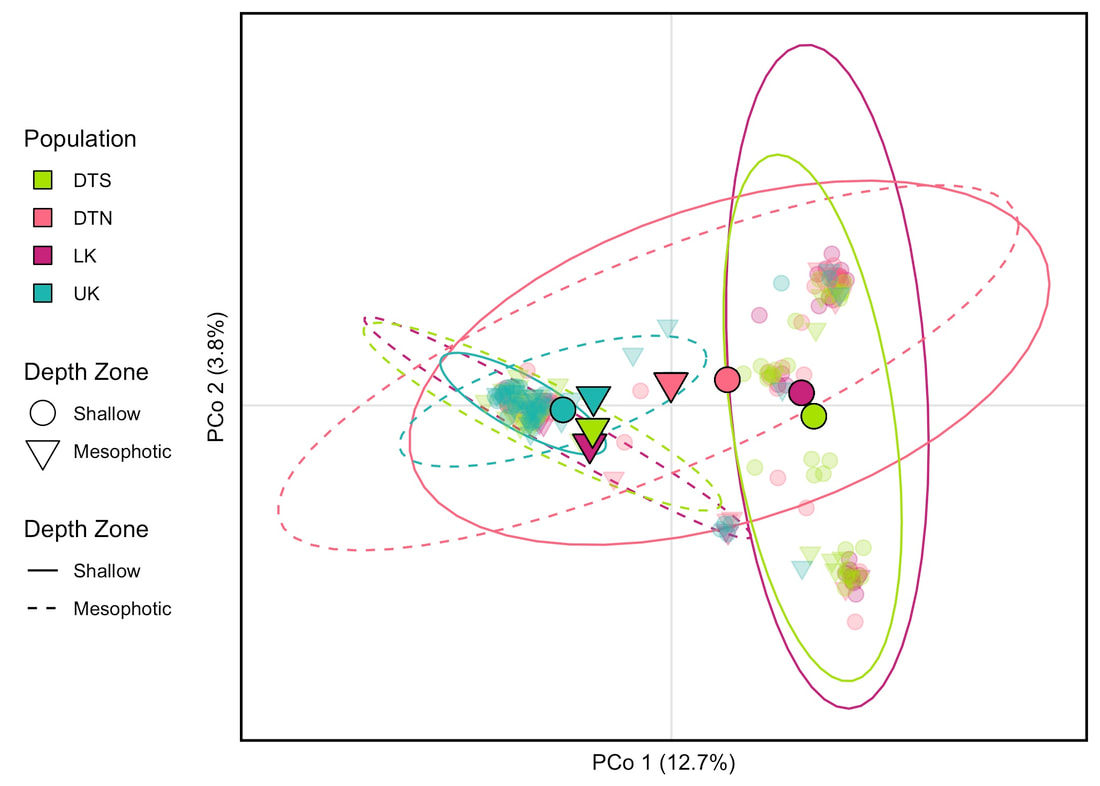

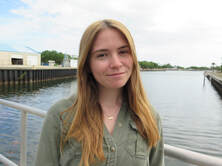
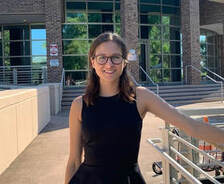
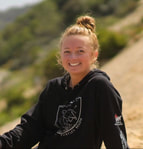
 RSS Feed
RSS Feed
